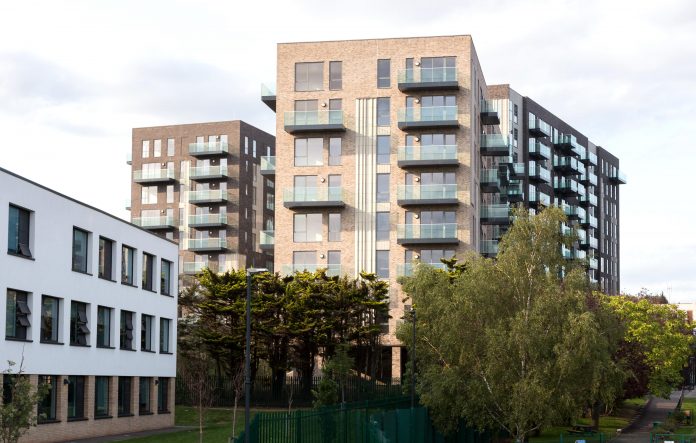Faisal Siddiqui, acquisitions director at growing developer Henley Homes Group, explores the need for innovative solutions to accelerate housing delivery
The pandemic has forced many of us to rethink and reprioritise. The way we live, work and conduct business has shifted, however challenging times often bring innovation and solutions. For example, home working has created new efficiencies for some, while local authorities have been conducting pre-app meetings over video call which I believe is positive and has streamlined the process.
A sluggish system
Despite this, overall the current planning system remains one of the largest stumbling blocks in the way of efficient housing delivery. Ultimately, it remains archaic and sluggish, with unnecessary levels of bureaucracy.
While causing issues for developers of all sizes, many of the impacts are greatly exacerbated for SME developers who don’t have endless cash reserves to manage costly planning delays or jump over the ever-increasing number of hurdles. For example, delays of just a few weeks can prove critical when the developer is already paying high levels of interest on a piece of land.
Allocation of land
The allocation of land remains a hot topic. In my view, we should take another look at the classification of industrial sites, many of which can have potential to deliver hundreds of homes but are simply rejected because of a historic usage classification. Of course, we shouldn’t just shun workspace at the cost of homes but there needs to be some flexibility in the system that considers each site on merit, as often a balance can be struck, particularly taking into account newer working trends.
For mixed-use schemes, the historic ‘like for like’ approach in terms of replacing floor space doesn’t need to be as rigid. The changing nature of work, accelerated by the pandemic, means that less floor space can be utilised more efficiently. If more people are working at home, perhaps we can afford to lose a portion of our conventional employment space?
There are also missed opportunities to develop on Metropolitan open land (MOL) or its borders. MOL designation provides land with the same level of protection as the Green Belt, however as a business we have certainly come across sites where some flexibility here would allow a positive outcome that balances the need for housing with protected outdoor space. The key is moderation.
The government’s forthcoming recommendation that a form of zone planning should be introduced to classify land for either growth, renewal or protection, may go some way to helping to rectify this but it remains to be seen.
Funding and affordable housing
At funding level, despite some tightening up of criteria, access to funding for private residential projects remains relatively easy to come by. Conversely, funding for hospitality projects has been near impossible – and we don’t expect this to improve for some time given the current landscape. However, I am confident that as the vaccine becomes more widely rolled out, we will see normality return here as faith returns to the sectors that have been hit hardest.
One area that I think certainly needs to be looked at is more government grants for housing associations, who play a vital role in providing affordable housing for those who need it most. The government should look to engage or re-engage housing association – of all sizes, we can’t overlook the small players – who need financial grant support to help buy land and compete with the open market. Until this happens, accelerating delivery of affordable housing will remain extremely challenging.
We have experienced a noticeable drop in take-up for Section 106 agreements on smaller sites which deliver less than 50 affordable units, with many of the modern Housing Associations overlooking then in favour of bigger land parcels. New affordable homes are still a real requirement and even relatively small-scale development has a positive effect in local neighbourhoods – providing work for smaller builders and SME businesses.
Reasons to be positive
Despite the general doom and gloom, there are reasons for positivity. From the Future Homes Standard for Green Building to Home England’s new Land Hub which lists the sites available for development or disposal by Homes England, it feels as if there is an appetite for growth. However, as we have learned many times before – there is often a big disconnect between positive rhetoric and actual change. Let us collectively hope for the latter.
Faisal Siddiqui
Acquisitions director
LinkedIn: Henley Homes Group














